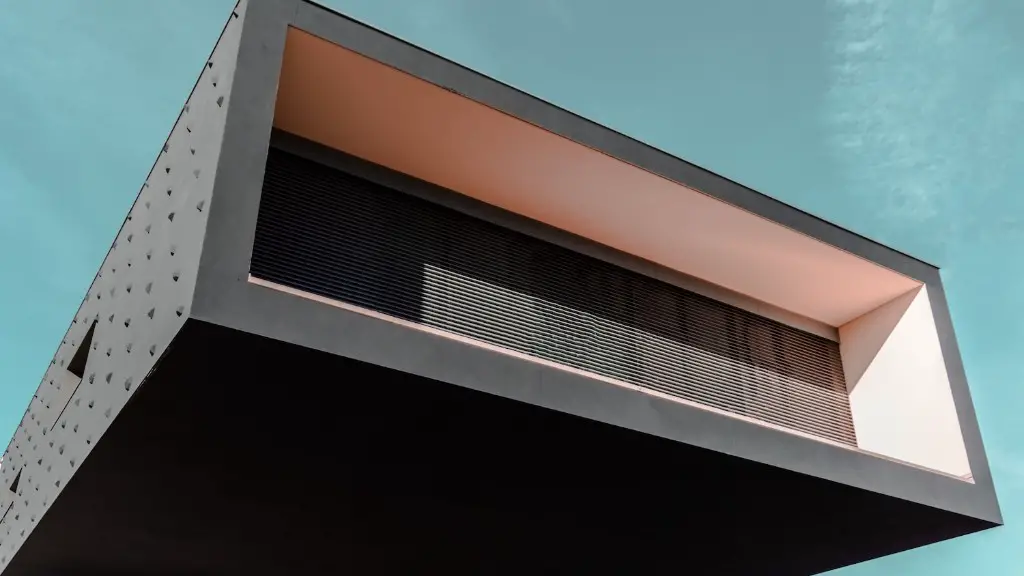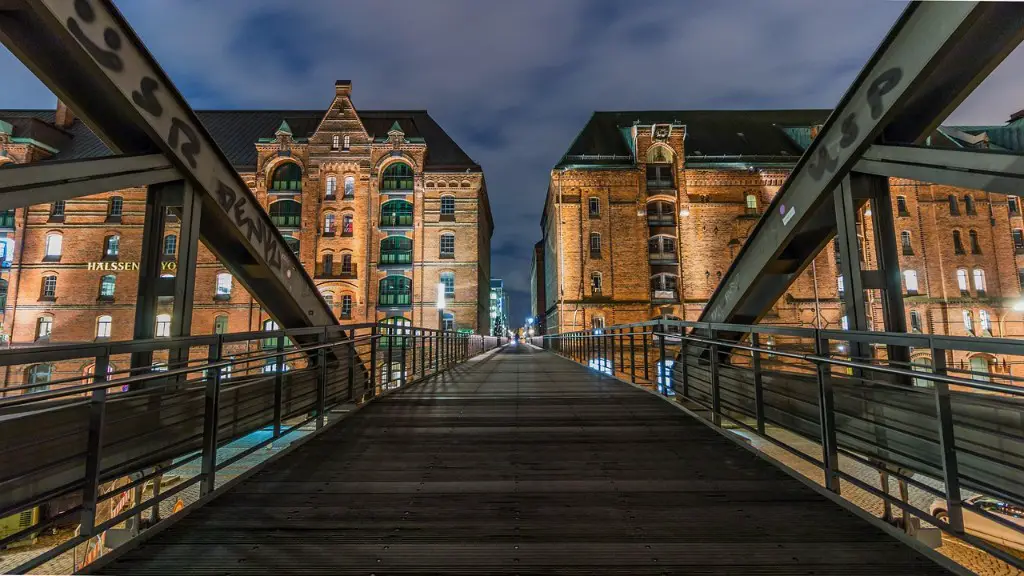How Does Climate Affect Architecture Design
Architecture has long been used to both blend and contrast with the natural environment; but with climate change making weather patterns increasingly unpredictable, it can be difficult for architects to plan for every possibility. In many ways, the climate plays an important role in architectural design, from determining the shape and size of the building to choosing the materials that are most appropriate for the surrounding environment.
Understanding climatic conditions
The climate is the most important factor in any architecture design, as it determines how hot or cold a particular building will be, how much natural light it will receive, and how much rain or snow will be able to penetrate it. Before beginning any design, architects must take into account local climatic conditions such as average temperatures, wind speeds, and rainfall. This information can be used to determine the best materials to use, where most of the windows should be positioned, and how the design should optimize the building’s overall energy efficiency.
Flexible designs for unpredictable weather
In recent years, architects have begun to incorporate flexible designs into their projects, which allows them to quickly adapt the building in response to changes in the climate. For example, a building could be designed to incorporate different roofing materials or orientations depending on the incoming weather. This allows architects to take advantage of the sun’s heat in the winter months and block it out during the summer. It also encourages the use of natural ventilation systems that can be adjusted as necessary.
Durable materials for extreme weather
More drastic climate-related changes require architects to select more durable and resilient materials. As temperatures rise, certain materials may be more vulnerable to wear and tear, while other materials may be better suited to the environment. For example, wood and metal may be better suited to resisting high temperatures, while concrete and clay may be more suitable for tackling freeze-thaw cycles that are increasingly becoming common in different parts of the world. Architects must also take into account the durability of different materials when considering which ones to use in their designs.
Protecting against extreme weather
As climate events become more frequent and intense, architects must consider how their design will stand up against extreme winds, floods, and hurricanes. This may involve designing special structures, such as flood walls or sea walls, or incorporating protective materials such as storm-proof doors and windows. In the wake of natural disasters, architects can also help to rebuild affected areas and develop designs that are more resilient to high winds and heavy rain.
Incorporating green elements
Finally, many architects are looking for ways to incorporate green elements into their designs as a way of mitigating the effects of climate change. This could involve incorporating features such as green roofs and walls, rainwater collection systems, and solar power systems. It may also involve building approaches such as low-impact development, which is concerned with protecting and preserving the natural environment.
Adapting to changing climates
In an ever-changing climate, architects must be prepared to adapt their designs according to the conditions of the surrounding environment. This may mean selecting more durable materials, taking into account extreme weather conditions, or incorporating green elements into the design. With careful consideration and a willingness to be flexible, architects can create designs that will stand the test of time and be able to weather a changing climate.
Incorporating local knowledge
One way for architects to ensure that their design is well suited to the environment is by consulting with locals about the current and potential climate conditions. This process can help to provide insight into areas that may be prone to extreme weather events, or that may benefit from different building materials and orientation. Local knowledge can also be used to discover aspects of the landscape, such as prevailing winds and sunlight, that may not be evident from a standard site survey.
Considering energy efficiency
Climate change is having a drastic impact on global energy consumption, and architects need to consider energy efficiency when designing new buildings. This may involve incorporating insulated materials, maximizing the use of natural light, or using renewable energy sources. By considering long-term energy consumption, architects can ensure that their design is as efficient as possible and minimizes the environmental impact over time.
Employing green construction methods
As well as considering energy efficiency, architects can also incorporate green construction methods into their design. This could involve incorporating locally sourced materials, reducing waste output, and using non-toxic paints and glues. By taking a holistic approach to construction, architects can ensure that their design not only looks great, but also has a positive impact on the environment.
Integrating sustainable technology
Incorporating sustainable technology into architecture is another way to reduce the overall impact of climate change. This may involve utilizing energy-efficient appliances, installing water-saving fixtures, or exploring renewable energy sources. By integrating sustainable technology, architects can create buildings that are not only visually stunning, but also help to reduce the carbon footprint of the building.
Exploring innovative materials
In order to create more sustainable architecture, architects must also explore innovative materials. This could involve using natural materials such as straw bales, or incorporating recycled materials into the design. By exploring a variety of materials and techniques, architects can create designs that are both aesthetically pleasing and environmentally responsible.


